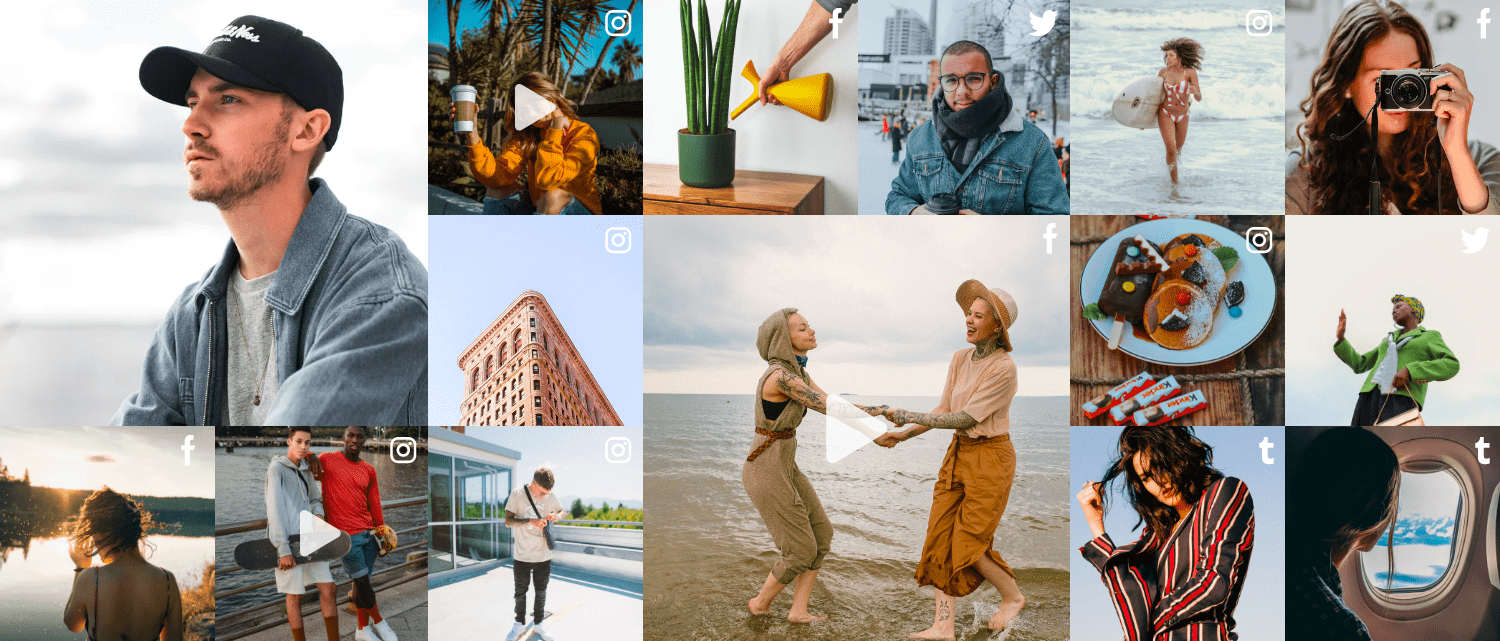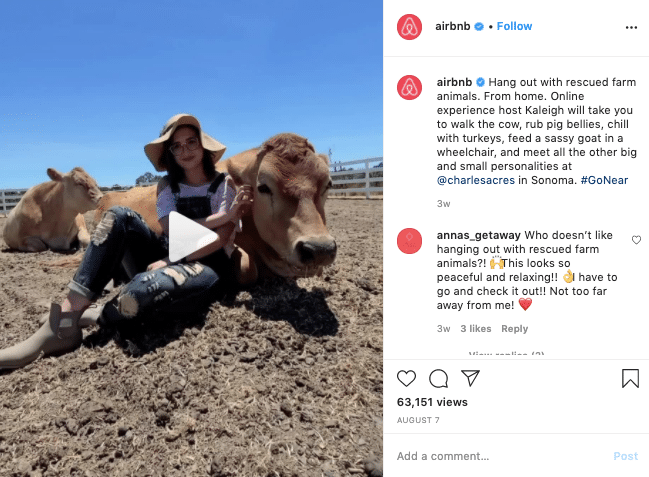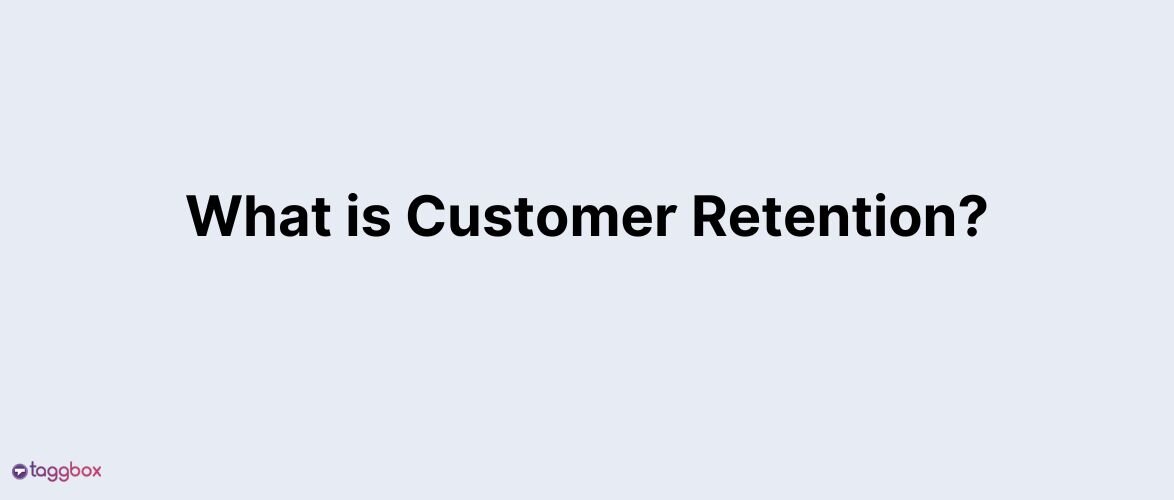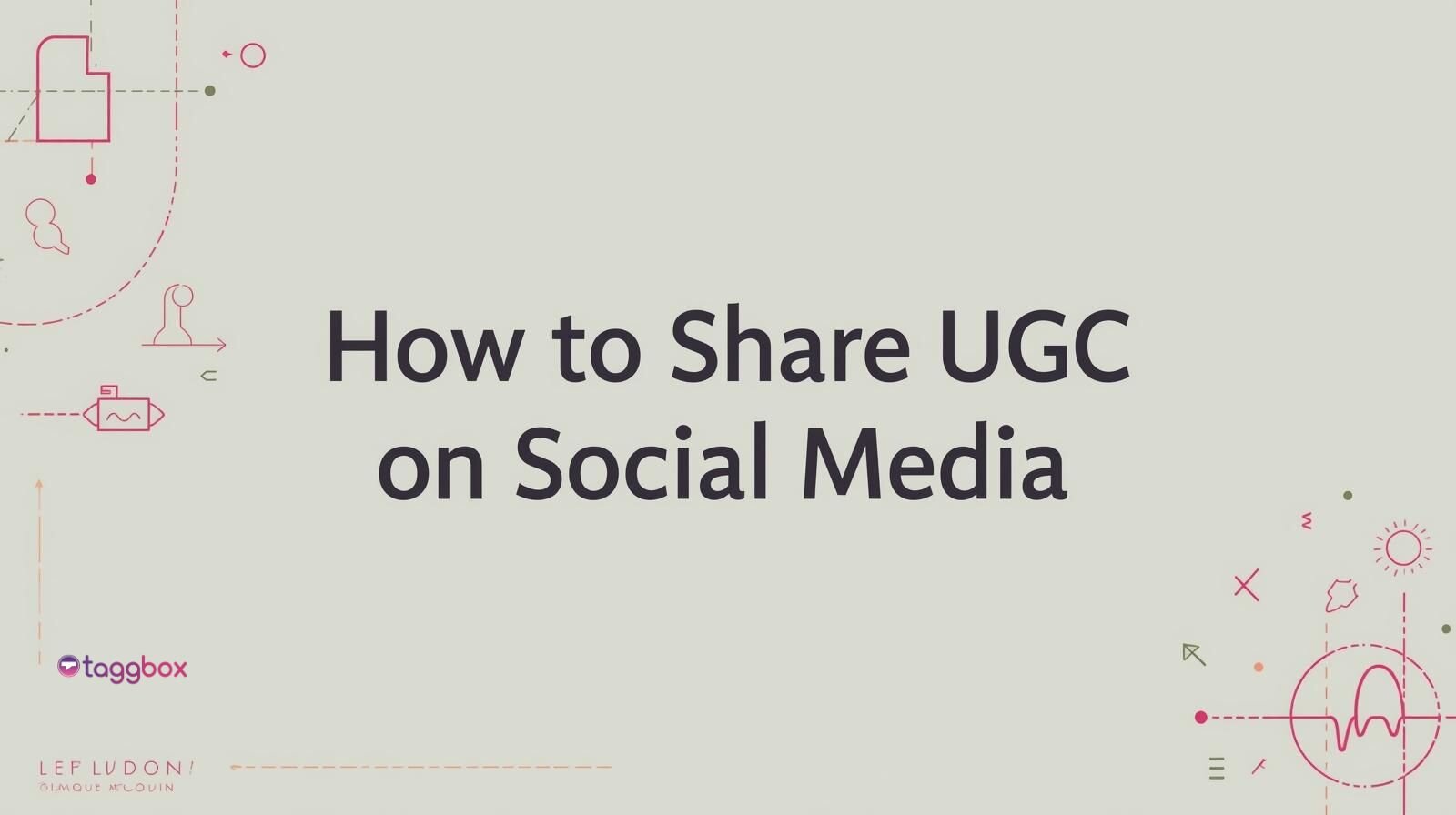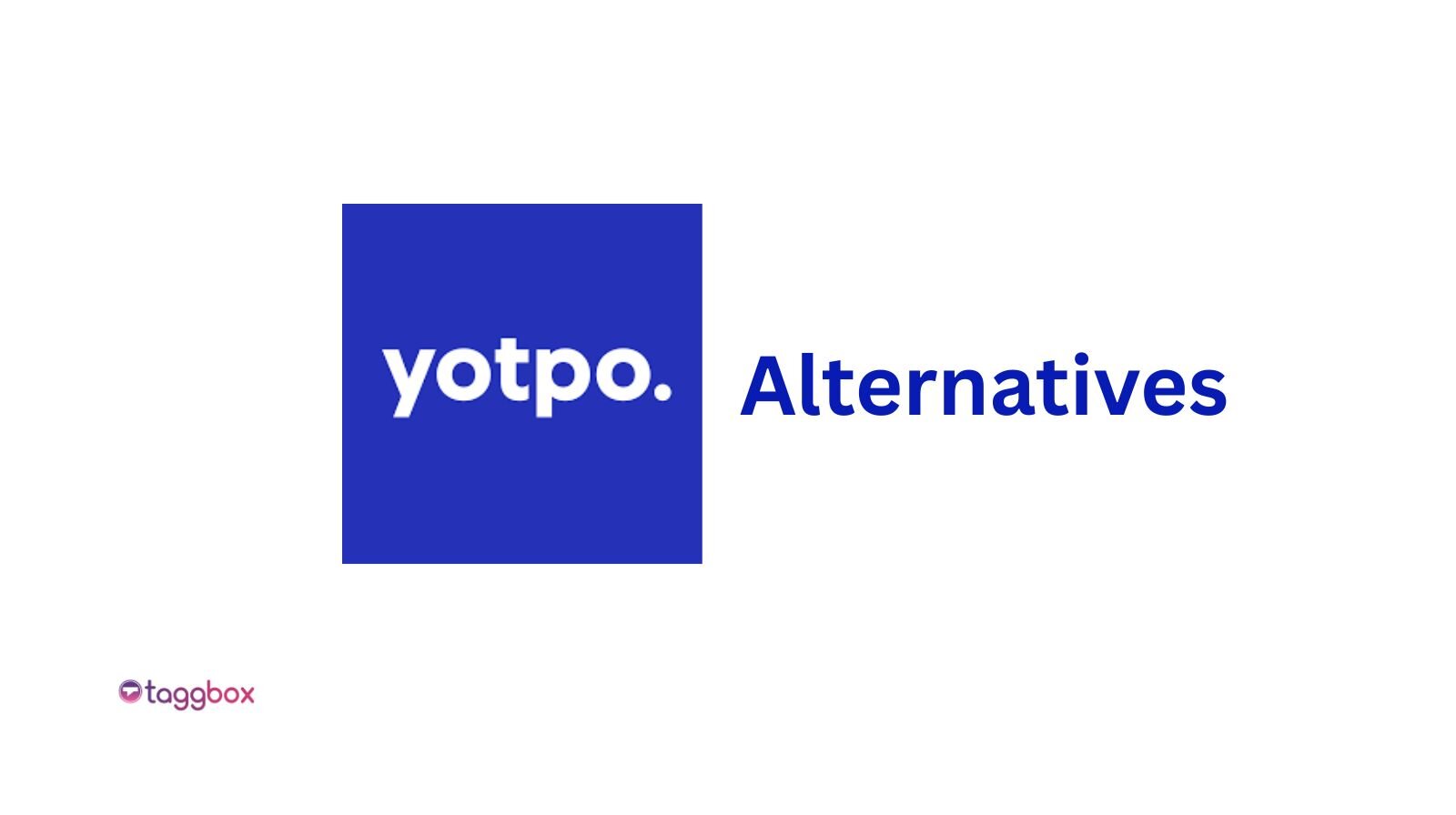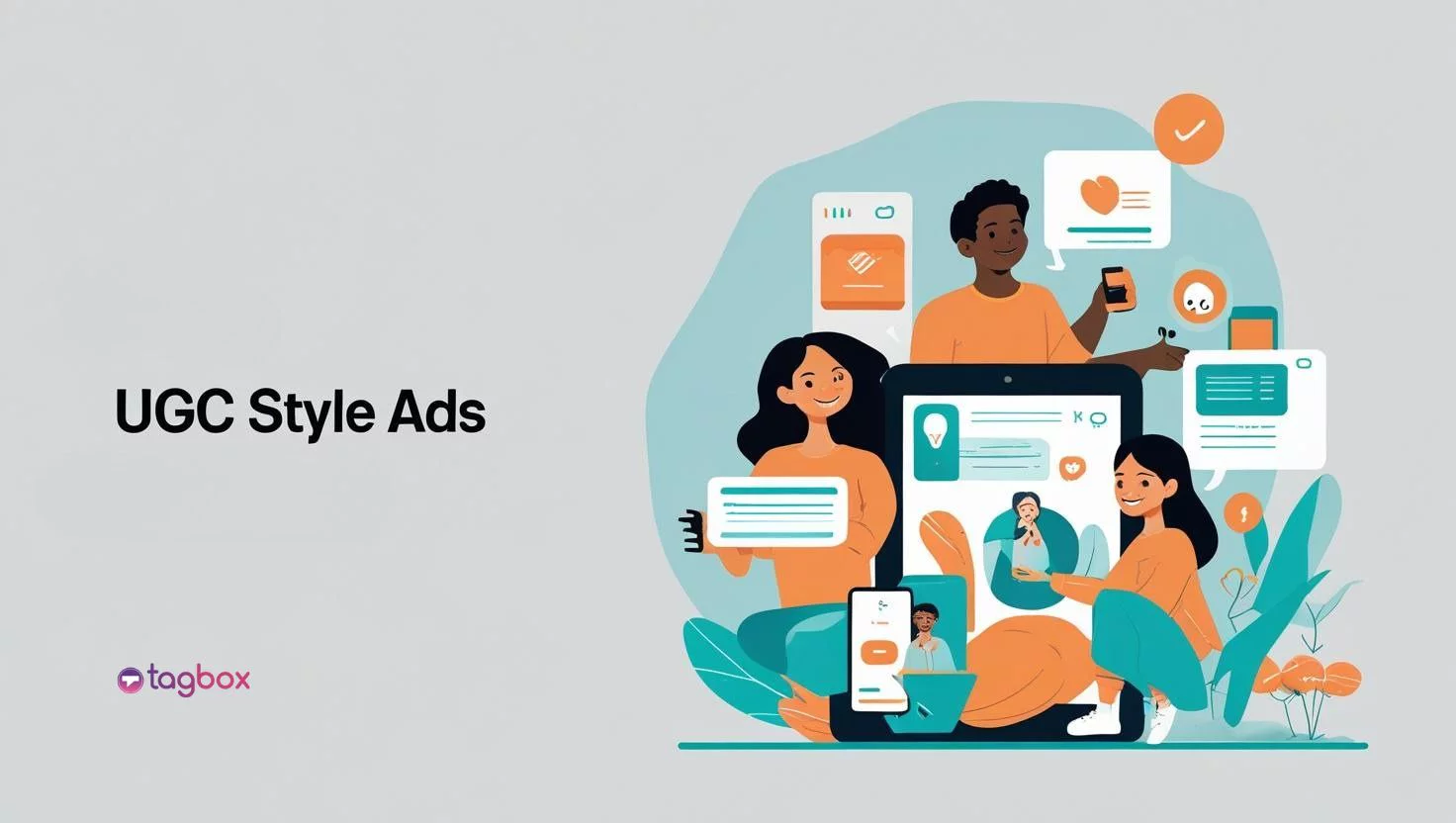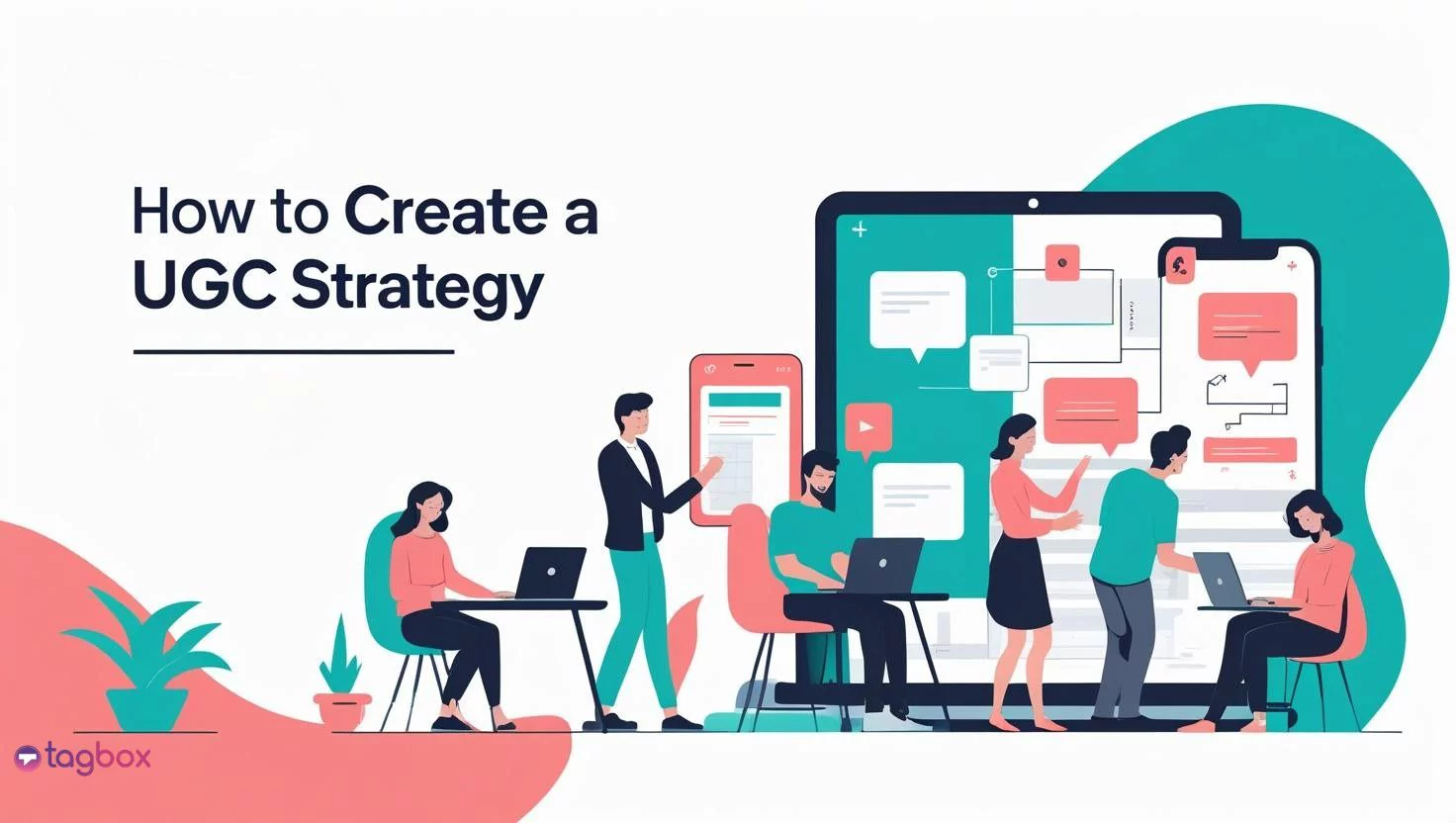Read summarized version with
Keeping in pace with this fast-forward world and modifying the strategies to the marketing ecosystem’s growing needs is the urge of marketers today.
Brands have shaped their marketing strategy and have flipped their old and traditional advertising methods into the new-age technique. They have changed the way of penetrating the sphere of customers.
Brands have tremendously evolved their marketing trends. But the question that arises is WHY?
Recent marketing trends have proved to be an asset for marketers and have emerged as a transformative tool to turn inspirations and recommendations into a purchases.
One such trend that helped brands skyrocket their business is utilizing different types of User-Generated Content. It helps the brands to let a new customer empathize with the experiences of other customers.
Before advancing, let us first brush up our knowledge with the basic definition of user-generated content.
What is User-Generated Content?
Nowadays, brands aspire to catch the attention of customers in a more advanced and smarter way. To achieve this, they have traversed through new approaches.
Content marketing is one of the most preferred approaches to making a hit. But are social media enthusiasts keen to read lengthy blogs and long branded advertisements?
Not!
Then what type of content do brands prefer?
Here comes to spotlight the UGC marketing. It is the content of the user, for the user. Simply defined, UGC is the unbiased content created and published by the users, fans, followers, and influencers of the brands that showcase their experiences with the brand products.
User-generated content has superseded other marketing trends over the years and rolled down into the advertising feeds of brands and big companies.
There are different types of user-generated content. So, It is any type of content i.e., images, videos, reviews, feedback, blogs, social media posts, etc. produced and shared by the trusted users of brands.
Collect Any Type of UGC at One-Dashboard
Why Do Brands Use UGC?
Brands use different types of user-generated content as UGC is the most authentic and reliable content on the internet and helps the brands to make headway towards growth and sales.
Here we are listing some of the advantageous and profitable reasons for utilizing UGC over branded content.
- Let your customers speak for you.
- Provides the brand with the base of legitimate advertising.
- Intensifies the trust towards the brand and its products.
- Builds a robust brand-user relationship.
- UGC helps in humanizing the brand.
- It is the most crucial component of the Word-Of-Mouth marketing strategy.
- Creates an essence of reliability and credibility.
- Increases the authenticity of the brand.
- Drives conversions and sales.
User-generated content helps brands cater to the growing needs of customers. Brands should know how to turn UGC into a profitable scheme, and the different types of user-generated content(UGC) used to polish the marketing strategy.
Types Of User-Generated Content
There are various sources to extract user-generated content. Many dynamic platforms provide the brand with a massive UGC stack that can be employed for advertisement purposes. So, here we have listed the most important types of user-generated content.
UGC is of three types i.e. text, images, and videos. But here in this blog, we have bifurcated UGC in a more deciphered form.
1. Content from Social Media
2. Reviews and Testimonials
3. Video Content
4. Blog Post
5. Hashtag Campaigns
6. Case Study
7. Content Collected in Surveys
8. Zero-Party Data
1. Content from Social Media
With almost 45% of the world’s population using social media activities daily, it would be no surprise to say that social media content matters.
When it comes to products, brands tell, but UGC sells. When people see any content on social media that is posted by someone they know or by a genuine user, they tend to get influenced by that content.
People randomly post on social media about their lifestyles infused with brands and accessories and their experiences with hotels and restaurants. Such posts eventually become UGC for the brands, which can be used strategically to gain a large volume of customers.
Social media platforms such as Instagram, Facebook, Twitter, and YouTube help brands generate content from customers. This content helps the brands to unfold the layers of the market and boost audience engagement.
Simply crafted, any user content promoting your brand on social media is UGC for the brand.
2. Reviews and Testimonials
The other popular type of user-generated content is customer ratings and reviews. Customer reviews are the internet’s word-of-mouth. They help other customers to know about the brand even before they visit the store.
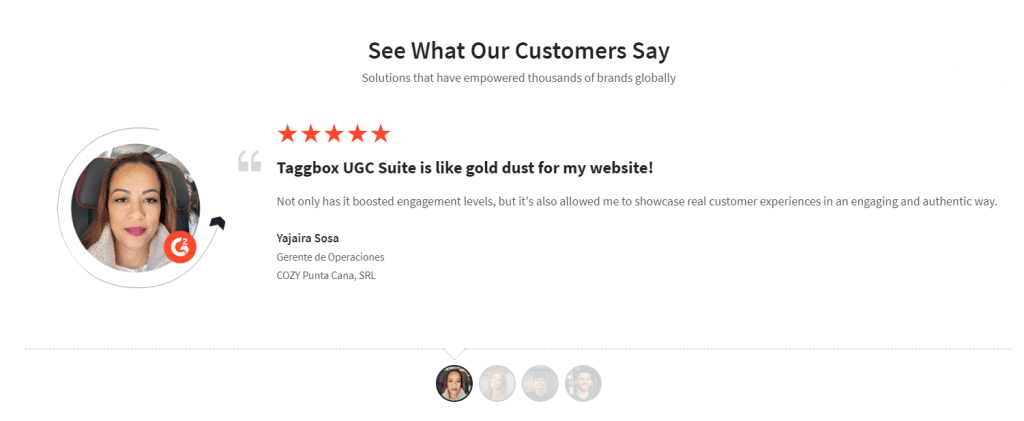
They are accountable statements by the users that acknowledge the authenticity of the brands.
It is a perfect way to make great customer experiences visible. According to statistics, 92% of online shoppers incorporate reviews in their purchase decisions. With such a colossal figure, you cannot afford its absence in your e-commerce store.
Reviews help your brand to spread through the thick and thin marketing layers.
Whether a third-party review such as a Google review, Facebook review, Yelp review, Trustpilot review, etc. or direct reviews on a website, it is the most organic form of feedback that can help brands grow globally and encourage audience interactions.
The Review system gives customers a space to express their appraisals and opinions and let other customers know about your brand and products. It can also provide brands with room for improvement.
Collect, Curate and Publish Any Type of UGC
3. Video Content
Content such as Instagram videos and YouTube videos are the primary sources of UGC videos when it comes to videos. You would be amazed to know that YouTube has 2 billion unique users every month, and Instagram has 2.4 billion active users every month. With so much popularity worldwide, these platforms have become one of the best sources to generate UGC.
YouTube does not provide content for marketing purposes, but it creates a sense of authenticity and reliability for the brand with its influencer marketing.
Imagine you are browsing a YouTube channel, and you see a brand being endorsed by authentic customers through a small video. Does this catch your attention? I guess YES.

Through videos, they can tell you about the branded products, especially the unboxing videos showcasing all the inside products and how well they work for them. Such videos are enough to create a sense of desire in the customer.
Similarly, Instagram videos mainly comprise short videos posted by real customers on Instagram with the tag of the brand. Brands can repost the stories as UGC to engage more audiences and generate valid promotions.
4. Blog Post
Being a blogger is trending nowadays. Social media channels like Instagram and Facebook are loaded with bloggers, with a high percentage of Fashion blogs.
Imagine your fashion brand being promoted on social media by some bloggers, along with videos and posts. It would be no surprise that your brand will get fame and a good name.
Bloggers often display products with their ‘how to use’ tutorials and videos, strategically curated by a content strategist, on how to transform your look. Such content acts as a UGC for the brand and gives your brand recognition among large-scale audiences.
Any content uploaded by a blog writer related to the brand is the UGC that can help the brand increase followers and drive sales.
5. Hashtag Campaigns
Have you ever heard of the #ShareACoke campaign or #IceBucketChallenge? One of the most famous hashtag campaigns we have witnessed yet.
Hashtag campaigns are simply promotional events in which the content posted by the audiences using the specific hashtag is used by the brands to display their products and their reliability.

Brands create hashtag campaigns to boost their interaction with their audiences. It is a perfect tool to display UGC during the event or to make the event successful.
They are word-of-mouth campaigns where customers can voice their opinions and experiences with the brands which can be displayed globally to enhance audience reach and achieve the desired success.
Collect Any Type of UGC at One-Dashboard
6. Case Study
A case study is a detailed qualitative and quantitative study of a particular product or subject like the person, event, brand, etc.
When the customer writes his reviews in a detailed form explaining the pros and cons of the product/service, brands can use the content to land new customers.
This content is the User-generated content for the brand that helps the brand showcase its products in a versatile and dynamic form. Brands can utilize this on their website to share the opinions of other genuine customers to influence potential customers.
The case study is the formal way of brand promotion on the digital work front. This way, brands can enhance audience engagement on a website and can increase their audience reach.
7. Content Collected in Surveys
Surveys are the general views or descriptions related to some specific feature or product to construct a working plan.
Brands opt for surveys before launching a new product/service in the market. The customer’s views help the brands know the needs of the market in a better way.
Using the information gained by the surveys, brands can cater to the needs of the customers build a better understanding with the users, and enhance their brand image and value.
Also, brands can use surveys such as UGC to display the content in the form of graphs, infographics, and statistics on websites to invite and appeal to more customers.
8. Zero-Party Data
Zero-party data is information that customers intentionally and proactively share with a business. It’s all about what they tell you directly, rather than what you infer from their behavior or activities. Think of it as a conversation where the customer is choosing to offer insights into their preferences, needs, and desires.
Here are some key things to know about zero-party data:
- It’s active, not passive: Customers make a conscious decision to share this data, either through surveys, quizzes, wishlists, loyalty programs, or any other opt-in method.
- It’s explicit, not implicit: This data clearly expresses the customer’s thoughts and feelings, unlike first-party data which needs interpretation from their actions.
- It’s highly accurate: Coming directly from the source, zero-party data is generally more reliable than data inferred from behavior.
- It’s privacy-friendly: Customers control what they share, making it compliant with data privacy regulations.
- It’s valuable for personalization: With deep insights into customer preferences, businesses can tailor their offerings and interactions for a more satisfying experience.
Bonus Tip:- You can collect all data via QR code or link using SnapUp
Here are some examples of zero-party data:
- Answering questions on a product quiz
- Completing a customer satisfaction survey
- Sharing clothing sizes and styles in a wishlist
- Providing information about upcoming travel plans or gift preferences in a loyalty program form.
While the reach of zero-party data may be smaller than first-party data, the quality and depth of information it provides make it incredibly valuable for businesses looking to create personalized experiences and build stronger relationships with their customers.
Taggbox – The #1 UGC Platform
Taggbox is a leading UGC platform that helps brands & businesses collect and curate UGC from over 20 social media and digital platforms in the forms of images, videos, texts, reviews, testimonials, etc.
The platform also allows brands to customize the collected User-generated content, moderate it, get content rights from the users, make UGC shoppable with product tagging, and create unique UGC campaigns.
Beyond this, Taggbox also provides you the option to publish your UGC campaigns across different channels like websites, eCommerce stores, events, signages, social ads, social media, emails, and more.
The platform provides complete UGC marketing & campaign solutions along with exceptional scalability features. Your UGC campaigns with Taggbox will help you build brand trust, grow brand awareness, boost user engagement, get more traffic, and increase conversions.
Get All Type of UGC at One Place
Wrapping it up
User-generated content is the best form of content marketing and pays you back with a good scale revenue. Users consider this content to know about the authenticity and credibility of the brand. And most importantly, its cost-effective i.e. low investment and high ROI.
It’s time to generate UGC for your brand using different strategies and display it to boost your marketing sphere’s performance.

